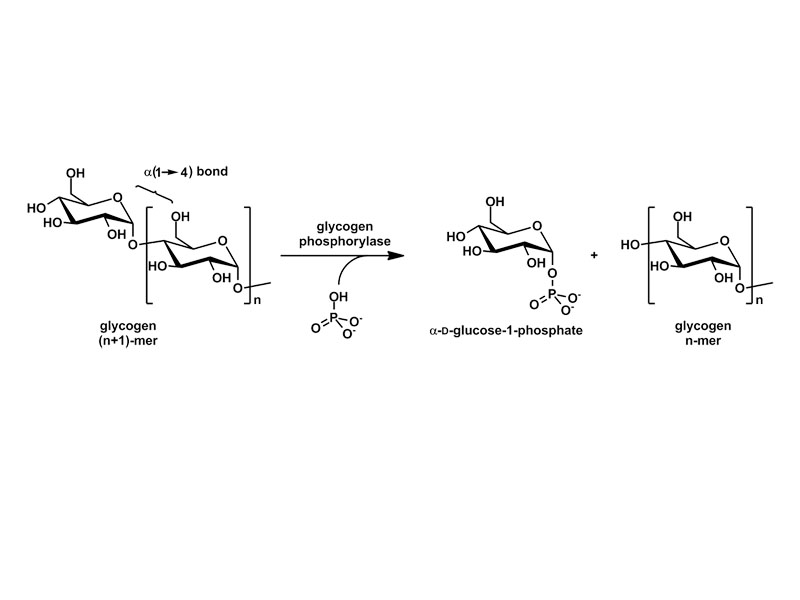Interdisciplinary Note (6 of 15)
The existence of separate anabolic and catabolic pathways is a critical motif in biochemistry. One example is the synthesis and breakdown of glycogen. Glycogen synthesis and glycogen breakdown occur by separate reaction pathways. The advantages of having separate anabolic and catabolic pathways includes much greater control, but more crucially, it means that it is possible for both pathways to be spontaneous within the same physiological conditions. Of course, it can't be the case that the two pathways are the same stoichiometry, just in reverse. For example, glycolysis produces two ATP net, but the reverse pathway, gluconeogenesis, requires six ATP.
Another important example is glycogen metabolism. The free energy of the synthesis of glycogen does not depend on the concentration of phosphate, but the free energy change for the degradation of glycogen does depend on phosphate concentrations. Glycogen synthesis occurs by the activity of the glycosyl donor, uridine diphosphate glucose, or UDP-glucose. Glycogen breakdown occurs by phosphorolysis (cleavage with phosphate) rather than hydrolysis, promoted by the enzyme glycogen phosphorylase. There are several advantages of phosphorolysis over hydrolysis. The glucose produced can enter glycolysis already phosphorylated. Furthermore, the ionized phosphate group decreases the rate of diffusion of glucose through membranes.
